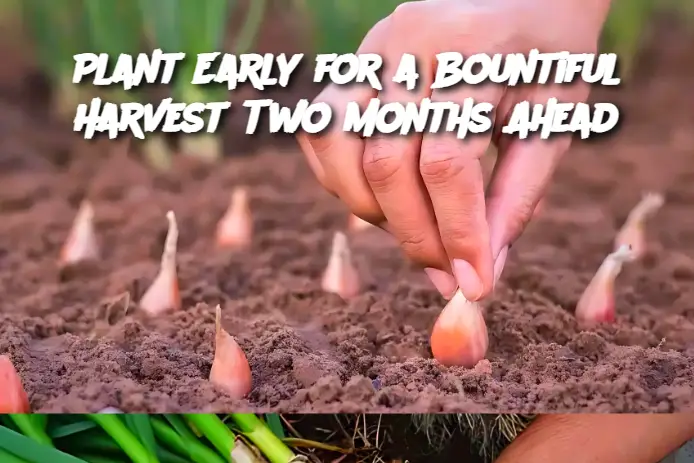Frost blankets to shield crops from late frosts.
Low tunnels or cloches to create a mini greenhouse effect, trapping warmth and protecting from wind.
4. Amend the Soil
Enrich the soil with compost or organic matter to provide early crops with the nutrients they need to thrive.
5. Choose the Right Location
Plant in a sunny, well-drained area where the soil warms quickly.
Raised beds or containers are excellent options for early planting.
6. Mulch Early
Spread a layer of mulch to retain soil warmth and moisture.
Tips for Success
Check Frost Dates:
Know your local last frost date and plan planting schedules accordingly.
Select Hardy Crops:
Opt for crops that can withstand cooler temperatures or early-season weather fluctuations.
Monitor Weather:
Be prepared to cover plants during unexpected cold snaps.
Benefits of Planting Early
Earlier Harvests: Enjoy fresh vegetables weeks or months ahead of the standard growing season.
Stronger Plants: Early-planted crops often develop better root systems due to moderate temperatures.
Higher Yields: Fit in an additional crop rotation before the growing season ends.
With a little planning and preparation, planting early can reward you with a thriving garden and fresh produce far sooner than expected. 🌱✨

Plant Early for a Bountiful Harvest Two Months Ahead
continued on next page